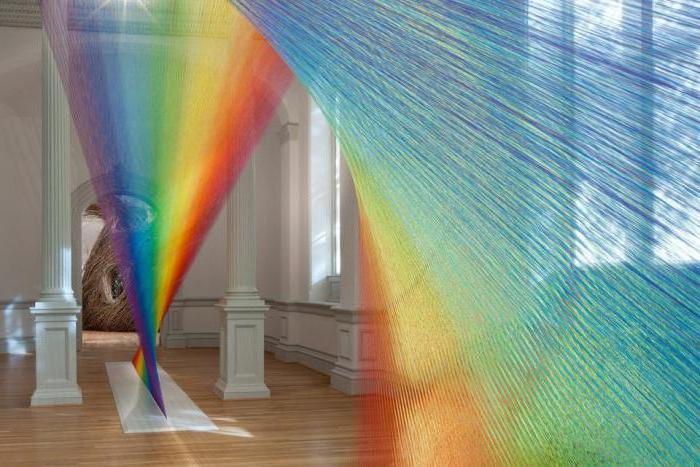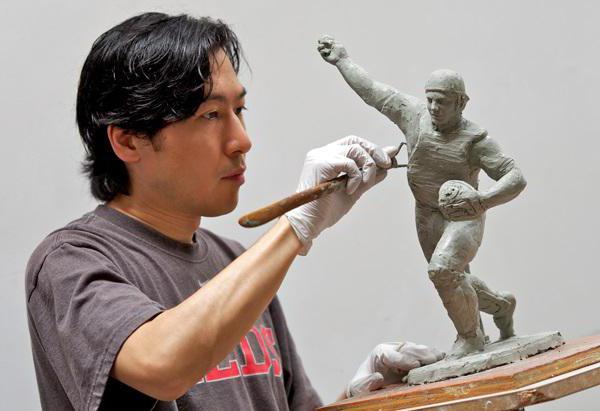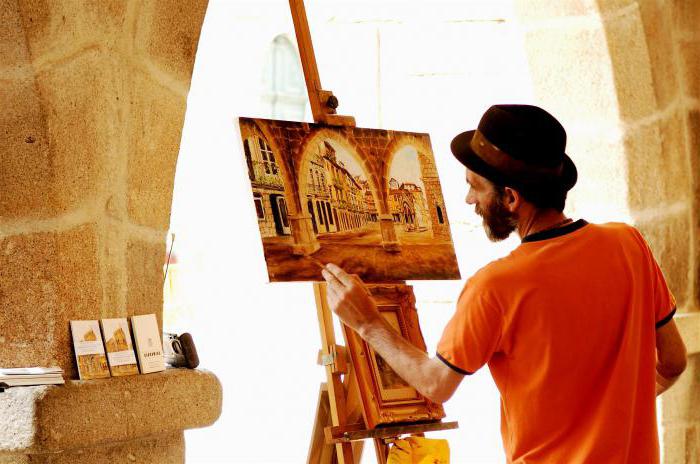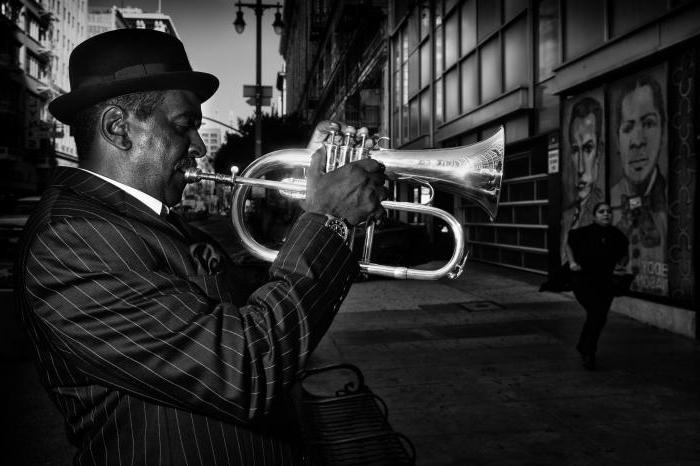Man always wanted to have absolute power over what he created. Probably, precisely because of the selfish desire to permanently capture your name in tandem with the produced object, and copyright appeared. Today, in the age of the spread of the Internet, it is not going through the best of times: books and films, music albums and reproductions of paintings that are protected by copyright law and, in theory, should bring a stable income to the copyright holder, are openly accessible, but this does not happen. What are the signs of an object of copyright and how to understand that you are violating it? What types of rights to a work exist in principle? And how to use them so as not to violate anything?
What are copyright objects?
You should start with the basis: copyright objects, the concept and characteristics of these objects. It should be noted right away that there is no unambiguous interpretation of copyright. Proponents of an objective view believe that this is part of civil law that is responsible for the recognition of authorship, the protection of works of science, art and literature, as well as regulating their use, endowing authors with certain rights associated with these works, as well as protecting these rights. Their opponents, who adhere to a subjective meaning, believe that copyright is the creator’s own right to use his work, not only for distribution, but also for change, import and other operations.
Signs of copyright and a bit of creativity
What are the signs of a work as an object of copyright? In order for creation to be authored, it must necessarily be the result of creative activity, as well as exist in material form. If everything is clear with the second condition - the material form means that the work must be fixed on some medium, then with creative activity everything is not so clear.

In current legislation there is no clear definition of the word "creativity". Most modern researchers adhere to the position that creativity is a form of mental activity, which in its turn creates a completely new, independent work of science, literature and art. That is, originality and novelty may well be perceived as signs of an object of copyright.
Uniqueness
We can’t say that the artistic features of the copyright object and their characteristics, its artistic value, in some way affect the entry of the work into the category of protected objects. Expert commissions do not evaluate the aesthetic properties, they only check the originality of the object. In principle, copyright begins to operate from the moment the work of art was created, but if the creator wants this right to be documented, he needs to contact the appropriate authorities.

If the object is recognized as absolutely unique, its owner receives personally non-property and exclusive rights to dispose of it, but if even the slightest resemblance to existing works is found (that is, partial copying, and in some situations almost complete), the exclusive rights to the work of art are already not provided (more about rights will be described below).
Types of objects of law
So, we consider the objects of copyright: concept, features, types.If the first two categories have already been said, then the species, they are the same form, have not yet been mentioned. It is worth noting that there is no unambiguously accepted classification of the forms of copyright objects; there really are a lot of options. For example, one of the most famous categorizations suggests dividing all works into four categories:
- Written (handwritten and typewritten text, notes of notes). What has been applied to paper or other media using letters, special characters and other systems.
- Oral (meaning public speaking).
- Sound and video recording (fixing audio or video tracks on magnetic tape, optical disk, electronic media).
- Volumetric and spatial (any 3D art - sculptures, models, models).
Naturally, the concept, features and classification of copyright objects are not unambiguous. Each specialist can offer their own options for distributing art objects into groups. In addition, the above classification does not take into account the achievements of science and technology, it is still more focused on works of art.
Territory Protection
Now that the attributes of the object of copyright, the types of protected works, have already been mentioned, it is worth noting that copyright, like any law, has its limits. The law on copyright in the Russian Federation protects any works of art located on the territory of Russia, regardless of the country in which their copyright holder is resident.

As for those objects that are located outside state borders, their protection is carried out only if their author is a citizen of Russia. In addition, the country has a large number of bilateral agreements with world states that provide additional protection from the importing state to Russian works of art. Similar treaties were signed by Austria, Hungary, Czech Republic, Sweden, China and a number of other states.
Personal property rights
Already mentioned objects of copyright, signs, types of works that fall under protection. But nothing was said about exactly what rights an author can get on his brainchild. The first group - personal non-property rights, they include the following:
- Authorship - the right to be the author of an object.
- Names - the right to dispose of a work of art under the real or fictitious name of the author.

- Disclosure - the right to either display the copyright object in the light, or provide it to a third party.
- The immunity of a work is the right to protect an object of art from changes unauthorized by the author.
- Withdrawal - the right, even in the case of initial consent to the publication of a work, subsequently refuse it. Moreover, if a third party participated in the publication, the author must compensate him for all losses.
Even if the author decides to renounce his exclusive rights in favor of another person, personal non-property rights will remain with him in any case.
Exclusive Rights
As for exclusive rights, they are issued only when the signs of the copyright object indicate its absolute uniqueness. This group includes:
- Reproduction - the right to create copies of the original work.
- Distribution - the right to popularize an object by selling it or by other means of alienating rights.
- Public display / performance - the right to an open public presentation of the work.

- Import - the right to export an object abroad in order to exercise the right to distribution or public display.
- Broadcasting - the right to implement a public display through television or radio broadcasting.
- Translation and other processing - the right to make changes to a work: translate it into other languages, change the color scheme, create a different arrangement from the main one.
- Practical implementation - the right to translate spatial art into reality.
- Bringing to the public - the right to create free access to the subject of copyright anywhere and anytime at the request of the viewer.
Additional rights
After the story about what kind of objects of copyright exist, the concept and characteristics of these objects, what rights are associated with them, one cannot but mention some additional, but little-known rights.

The first of them is the right to follow. The author of the picture, who sold it to another person, can count on receiving a share from the resale of his work to a third party. The right of access has a little in common with him - the creator has the authority to demand access to his brainchild to create copies of it.
Exclusive Tips
If the previous two paragraphs concerned inalienable rights that can be transferred to the heirs of the copyright holder, then the author’s right to receive compensation for the use of his work is considered exclusive. True, in practice it is not so simple to realize this right: according to the law, if the published work is used not for commercial, but for personal purposes, nothing needs to be paid to the copyright holder. Nobody imposes payments on the reproduction of creations in crowded places, as well as the complete copying of texts of books or musical texts.
Limitation period
Do the attributes of a copyright object have a limitation period? Or does authorship persist indefinitely?
The exclusive right is not retained. If the author’s identity is known, then his works are protected by copyright law throughout his life, plus another seventy years (counting down from the first of January of the year following the year of death). Some personal non-property rights do not have a statute of limitations.

In the case when the creator of the work worked under an assumed name, his copyright is retained for seventy years from the date of publication of the copyright object. If this person decided to reveal his identity and was able to prove that it was he, and not anyone else - the creator of a previously published work, then his copyright is protected according to the same scheme as for non-anonymous authors.
If the author’s work is no longer alive at the time of publication, the copyright law will protect him for seventy years, the countdown of which will begin on January 1 of the year following the publication year.
When the author of the work was repressed and then rehabilitated, copyright begins to operate from the next year after restoration of his good name.
And in situations where the creator of the copyright object was a participant in the Great Patriotic War, the term of protection of his works is 74 years after death.
Public domain
Signs of the object of copyright in civil law, as mentioned above, have a limitation period. After its expiration, the work passes into the category of the public domain, that is, it is no longer subject to mandatory payments of royalties. Assets that have never been protected by copyright law also receive status. The only thing that can affect the open distribution of these works is the will of the author, expressed by him in his will, memoirs or letters.
Conclusion
Despite the fact that the features of the copyright object very much bring it closer to ordinary property, this type of law has significant differences. Firstly, it is not subject to mandatory registration: only if the author wishes, the originality can be certified in a notary's office.In addition, the right to possess a work of art, science or technology (although the emphasis was placed on the first category in this article) has a statute of limitations much longer than the time of ownership of any real estate. The problem remains that, despite the existence of an appropriate legislative system, no progress is being made in the real protection of the copyright plan. If the country sets itself the task of overcoming the "pirates", it should seriously tighten penalties for such crimes.